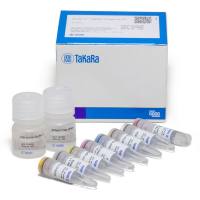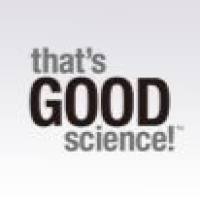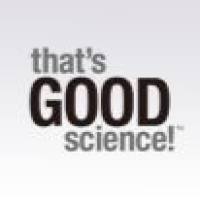From Vaccine Research to Manufacture: A Guide for the Researcher
互联网
665
Organizations that are involved primarily in research activities, such as academic departments, may often be largely unaware of the economics and regulations related to the production of a biopharmaceutical in a licensed facility using current Good Manufacturing Practice (cGMP). In a research environment, the goal is usually to produce the product of interest to a high level of purity, using whatever methods are available, for use in a particular study. Little consideration may be given to process reproducibility and optimization, since only small quantities of highly purified material are usually required, and at such a scale of operation, economic factors are of little importance. In contrast, GMP manufacture of material for human or veterinary use is subject to regulation by the competent authorities responsible for controlling the quality, safety, and licensure of medicinal products in countries in which the product is to be registered for use (e.g., Medicines Control Agency, UK; European Medicines Evaluation Agency; US Food and Drug Administration. GMP requires that “products are consistently produced and controlled to the quality standards appropriate to their intended use” (1 ). The costs involved in testing product, raw materials, and monitoring the manufacturing environment to ensure that the product meets its specification, together with those of operating at large scale, may be substantial. Thus, it is essential to keep such costs to a minimum to ensure an economical manufacturing process.









